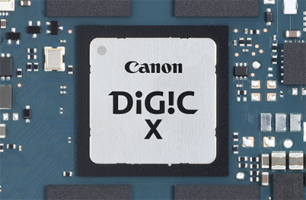5d mk iv had 30 mp, the 5dr had 50 mp, also not that much of a difference...
Ok, then maybe 90MP? Or 100 MP? I thought they'd save the 100 MP barrier for a mkii version of the specialized camera.
Maybe the R5mkii will have 45-50mp...
The 5D Mark IV didn't hit the market until a year after the 5Ds and 5Ds R.
Canon did that for a reason.
22MP to 50MP enticed a lot more to buy the 50MP camera in the first year it was offered than 30MP to 50MP would have if the 5D Mark IV had been introduced before the 5Ds /R.
In the end they were almost giving away the 5Ds for less than $1,500 because they had so much existing stock on hand.
Upvote
0

